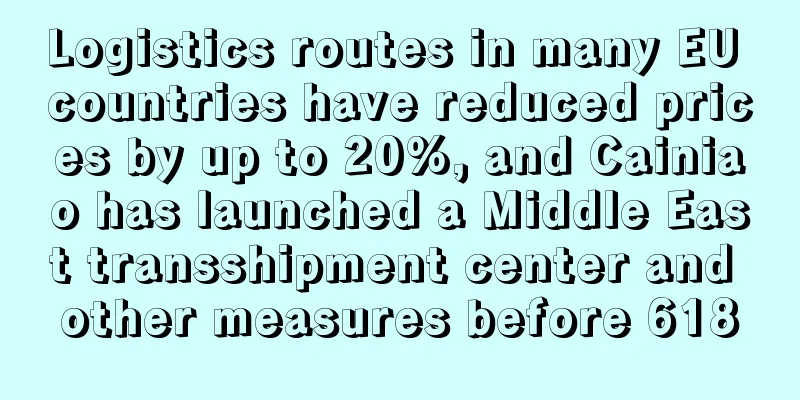Transaction amount reaches 400 billion won! Electronic payment in South Korea will continue to grow

|
Last year, daily usage of simple payment services such as Kakao Pay and Naver Pay in South Korea grew 42% to more than 400 billion won.
In addition, the amount of simple remittances using biometric information (such as fingerprints) increased by 52%.
According to data released by the Bank of Korea on the 29th, the average daily usage of simple payment services last year was 14.55 million, and the amount used was 449.2 billion won, an increase of 44.4% and 41.6% respectively compared with the same period last year.
The Bank of Korea explained: "As non-face-to-face online transactions continue to spread, the use of simple payments through electronic financial companies has increased significantly. Among payment methods, the trend of increasing use based on prepayment is very clear. "
Last year, the average daily usage of simple remittance services was 3.26 million times , with an amount of 365.6 billion won. They increased by 31.1% and 52.0% respectively compared with the same period last year.
Simple payment and remittance services are services that use simple authentication methods such as passwords or biometric information. The Bank of Korea conducted a separate survey on the statistics of electronic payment services in accordance with the Electronic Financial Transactions Act for the first time since 2016. Last year, the average daily amount of Korean banks using the services exceeded 400 billion won and 300 billion won, respectively.
As non-face-to-face online transactions increase, the use of electronic payment proxy (PG) services has also increased. Korea Development Institute (KDI) is a service that sends and receives payment settlement information or clears and brokers the cost in order to obtain payment from the buyer and ultimately pay the seller in e-commerce transactions.
Compared with the same period last year , the average daily number of PG cases last year increased by 48.5% to 16.78 million , while the amount increased by 32.7% to 755 billion won.
The average amount of prepaid electronic payment services used last year was 467.6 billion won per day, up 59.4%, and the number of uses was 18.64 million times, up 6.3%.
Among them, for electronic financial companies , as the number of face-to-face teaching days decreased sharply, the number of prepaid transportation card usage decreased by 3 million per day, but the use of simple settlement and remittances increased significantly, thus continuing the upward trend.
During the epidemic, many non-electronic payments have turned to electronic payments, and the overall trend is on the rise. I believe that more and more people will use electronic payment methods in the future.
South Korea Electronic Payment trade |
<<: E-commerce growth drives demand for warehouses in Russia, with transaction volume up 45%
Recommend
E-commerce website building platform Shopmatic will waive hosting fees for Indian SMEs
Shopmatic , an e-commerce independent station ser...
What is Office Works? Office Works Review, Features
Established in 1994, Office Works is Australia'...
Amazon Logistics New Changes! Will Sellers Be Penalized for Shipping Too Fast?
Amazon has made frequent changes to its logistics...
SHEIN is steadily expanding: semi-trusteeship is considered a long-term strategy, supporting more than 30 sub-categories
SHEIN's "semi-trusted" focus in the...
Amazon launches new service to boost sales in $37.3 billion furniture market
During the COVID-19 pandemic, as millions of peop...
What is Trademe & Trademe Review
Trademe is New Zealand's largest online marke...
Demand increased by 1554%! Here comes the list of hot items in German sports summer
According to the latest data released by eBay Ads...
Amazon launches new feature, sellers are expected to apply for warehouse expansion!
According to overseas e-commerce news website Eco...
Sales reached 1.802 billion euros! Zooplus achieved record growth
Munich-based Zooplus reported sales of 1.802 bill...
What is Mai Shen Tong? Mai Shen Tong Review, Features
MaiShenTong is an Amazon review tool that guides ...
What is Shopee Store Setting? Shopee Store Setting Review, Features
Shopee sellers can set the store logistics channel...
Roll Roll Roll! Temu’s new feature allows sellers to see their competitors’ inventory and follow their sales
As we all know, low price is always the only way ...
What is Alibaba Cloud? Alibaba Cloud Review, Features
Founded in 2009, Alibaba Cloud is a leading global...
The founder of Shenzhen Damai suffered! Over 100 million shares were frozen for three years
In the past two years, Zebao was like a rising st...
What is Dealdoktor? Dealdoktor Review, Features
Dealdoktor is a German Amazon off-site promotion d...









